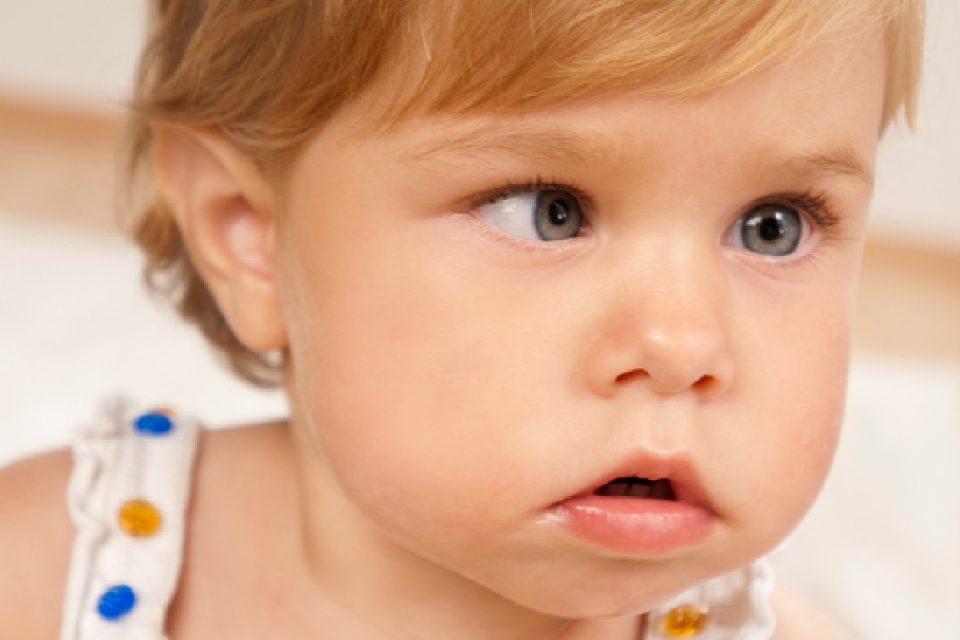Squint – it’s a pretty common disorder, wherein the alignment of both eyes is a little off from each other, leading to misaligned directions. As a result, while one eye maintains a direct gaze on the object of interest, the other eye may turn inward, outward, downward, or upward. Since the eyes are skewed, it becomes difficult for the brain to create a 3D image.
Parents typically believe that kids outgrow squint and that they will become normal as they get older. This is not true. It is important to take these small indications seriously and consult a squint specialist in Mumbai to take necessary precautions.
But first, you need to know what the signs are in order to make an eye care-related call. Read on for a comprehensive guide.
Table of Contents
What causes the squint?
There are multiple causes; for some, squint might run in their family or can be caused due to delicate or deviant eye muscles. Kids who suffer from myopia find it difficult to focus on distant objects. This extra effort of focusing on an object in order to see clearly can also cause a squint.
During these formative years, a child’s vision is undergoing rapid change. Squinting prevents one eye from being used effectively, which doesn’t allow the development of vision in that eye. If you detect any early symptoms, get in touch with a child eye specialist in Mumbai to start the treatment ASAP.
What are the types of squint?
Depending on the direction of skewness, squints are classified into four types, namely:
- Hypertropia: Wherein one eye is focused straight, while the other deviates Upwards.
- Hypotropia: Wherein one eye is focused straight, while the other deviates Downwards.
- Exotropia: Wherein one eye is focused straight, while the other deviates Outwards.
- Esotropia: Wherein one eye is focused straight, while the other deviates Inwards.
If you notice any of these signs, consult Arohi Eye Hospital today – we have the best eye Dr in Mumbai who will offer you instant solutions to all your squint-related problems.
Treatment for Squint
As for the treatment, it’s advised that you get it as soon as you experience any early symptoms.
- In the initial stages, doctors highly recommend eyeglasses for squint correction. Other than that, based on age, your doctor may prescribe patching the healthy eye, if the patient is suffering from amblyopia or lazy eye. This technique forces the brain to only receive signals from the weaker eye, this approach may improve the weaker eye’s vision. This strategy has been found to be very effective among kids below the age of 8.
- Other circumstances can call for surgery only for one eye, but severe problems might require surgery for both. The majority of squint surgeries result in flawless ocular and cosmetic outcomes.
- If the squint does not go away even after a long period of time despite treatment, the doctor might recommend surgery to correct the derived double vision (diplopia) and deviation.
- However, in some cases, the squint can occasionally be a symptom of a genetic or brain disorder that can also affect the child in other ways. Children with conditions like cerebral palsy, down syndrome, hydrocephalus, brain injury, or brain tumor can also have squinting.
At Arohi Eye Hospital, we offer you every possible treatment for your vision problems, right from cataracts, glaucoma, dry eyes, and LASIK surgery to squint treatment and contoura vision in Mumbai. We have got you covered!
To sum up, squint treatments are done based on four strategies
- Glasses may be prescribed to treat refractive error and to strengthen the vision of the weak eye.
- Correction of skewness for cosmetic purposes.
- Correction of skewness for prevention and restoration of binocular vision.
- Diplopia prevention.
Final Note
If your child has a squint, you should act right away to contact an expert. One such reputed hospital is Arohi Eye Hospital, where a squint surgeon with specialized training can advise you on the best course of action, including the use of therapy, spectacles, or other measures. Book an appointment right away!

